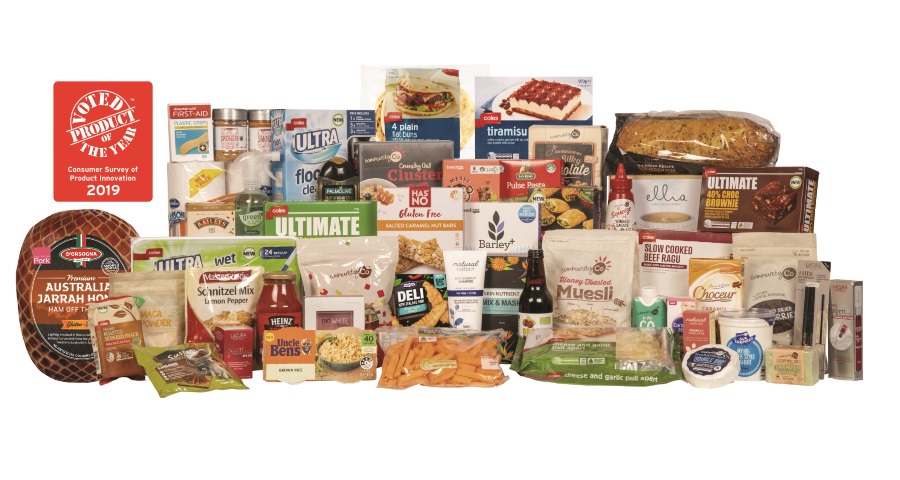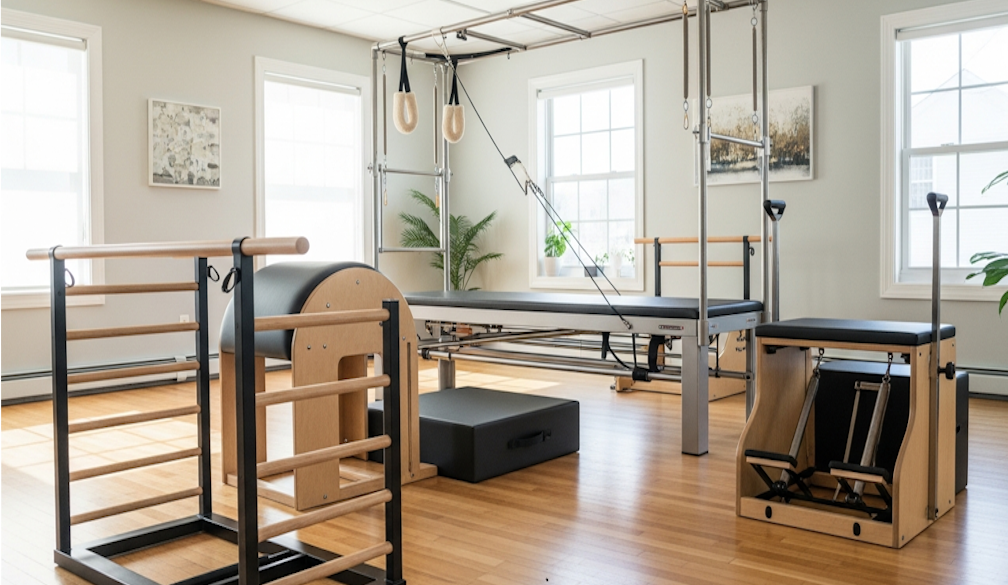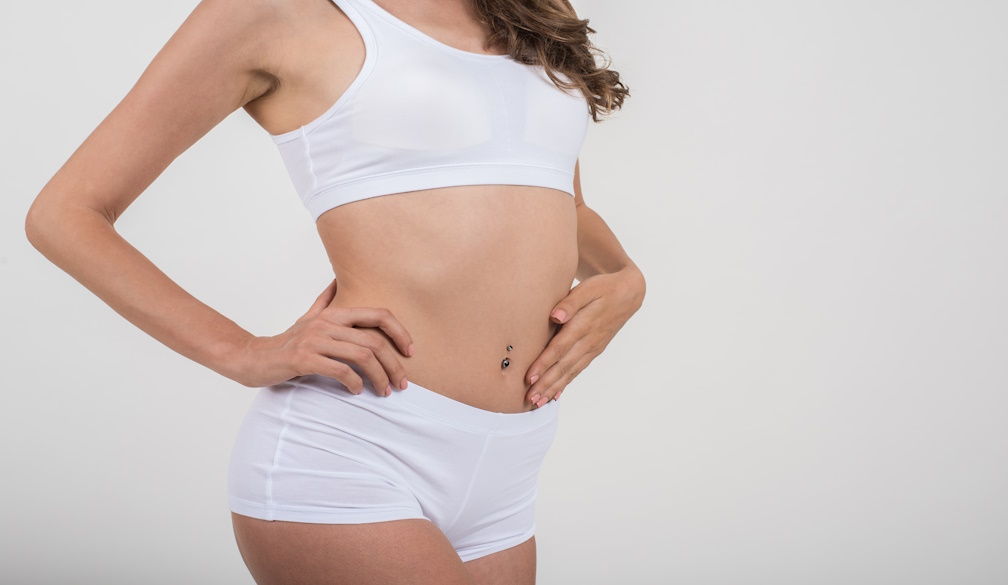Product of the Year (POY) 2019 winners
- Written by Rachel Stevenson

PRODUCTS OF THE YEAR REVEALED: HEALTH AND GLUTEN FREE FOODS TAKE TOP HONOURS
Over 14,000 Australian consumers have voted for their favourite products of the year, with a surprising number of new categories that recognise innovations in healthy and gluten free product lines. 10 wins out of a total of 50 went to new products offering healthy and allergy free alternatives to everyday food and beverage items.
Despite rising obesity, with an estimated 28% of children and adolescents in Australia deemed overweight or obese*, the Product of the Year (POY) winners are bucking this trend, responding to rising consumer demands for health conscious and dietary specific foods. One category that has become more and more popular amongst consumers is gluten free, with two categories being created this year for general and kid friendly specific products.
Product of the Year Director, Sarah Connelly said, “I’m thrilled at the increase in innovative healthy-option products that are being made available on shelf and being entered into the Awards. It’s a trend that we’ve not seen much of before in the history of the Awards and it signals increasing consumer demand for manufacturers to innovate in these areas. These options are becoming far more mainstream and more affordable than they have ever been before.”
“A category that we have seen consistent growth in each year is ‘convenience foods’ but this year we are seeing more vegetarian easy-option foods, which simply haven’t been available before. It’s wonderful to see these dietary requirements being met by brands, showcasing their leadership in this space.”
Now in its tenth year in Australia, Product of the Year has announced its 2019 winners, with Coles scooping an incredible 11 awards, Metcash scoring 10 and ALDI an impressive 9 awards. New to the awards this year, Mars Foods were awarded three wins, as were fellow newcomers Freedom Foods, with two wins under their belt.
In its biggest year yet, the awards recognise product innovation and span across a wide range of categories including house and home; skincare, hair and beauty; home cooking and pantry; snacks and entertaining; kids; indulgence; healthy options and gluten free; and everyday staples.
The Nielsen research that determines the winners involves evaluating consumer response using the six key principles derived from their learnings about successful innovation:
- Relevance – Is the product fulfilling a need or addressing a problem?
- Uniqueness – Does is stand out and bring something new to the category?
- Excitement – Does it excite them? Would they spread the word?
- Likeability – Does it deliver what you want?
- Value Perception – Do you think it provides value for money?
- Purchase Intent – How likely are you to buy this product (again)
The index that determines a product’s final score is its overall performance across these six KPIs which is then weighted based on derived importance of this key criteria.
The highest index score in the category is the winner. In Australia, the Product of the Year seal is backed by the votes of 14,000+ consumers and aims to provide a time and money saving shortcut for shoppers, guiding them towards the very best products.
KEY RESEARCH FINDINGS:
- Consumers are generally open to trying new brands and do so on a regular basis. Over half of consumers have tried four or more new brands in the past year.
- Woolworths stands out against competitors for their range of organic, healthy and fresh products, while Coles is associated with having better deals/promotions than other supermarkets.
- When choosing a supermarket, the most important attributes to consumers are the range of available products, the location of the store and the deals/promotions available.
- 2 in 5 consumers claimed they would definitely or probably purchase a product they hadn’t tried before if it won Product of the Year. This result is in line with last year’s result with the percentage increasing consistently from year to year.
- Younger consumers are more likely be influenced by the Product of the Year logo than older consumers, with females slightly more likely to state that they would purchase a Product of the Year winner than males.
* https://www.aihw.gov.au/reports-statistics/behaviours-risk-factors/overweight-obesity/overview



















